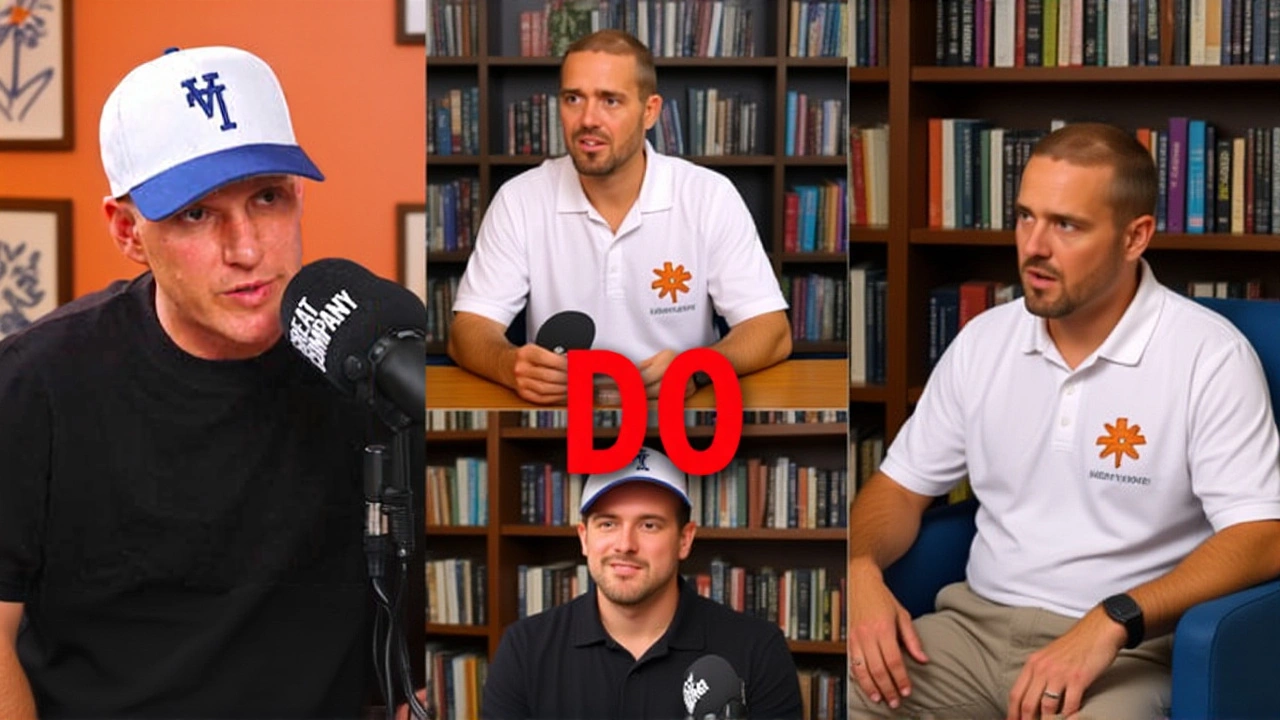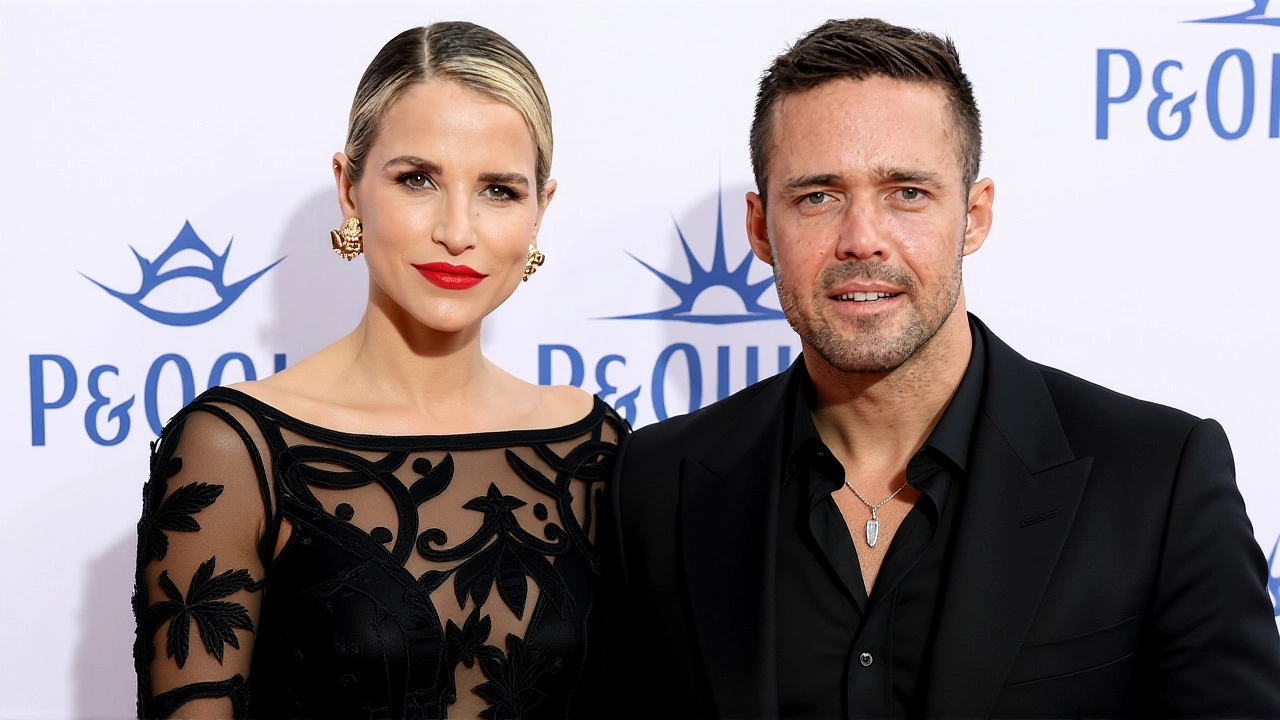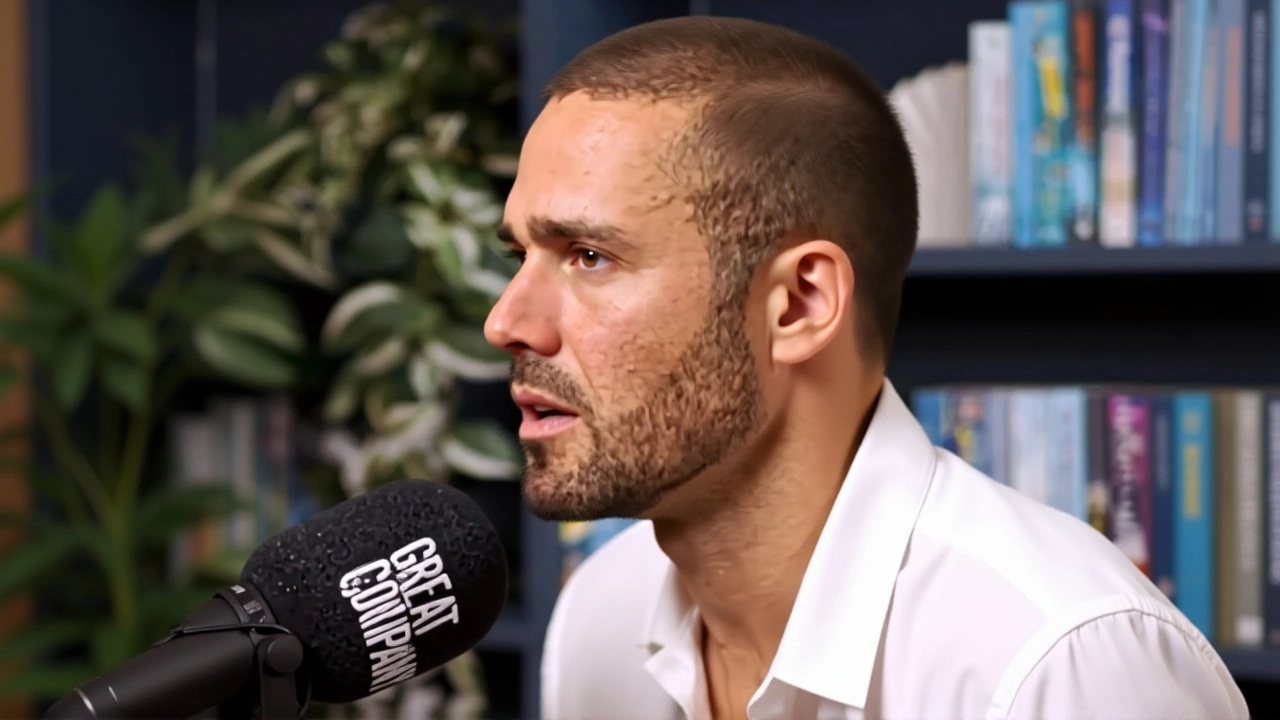When Spencer Matthews stepped off the plane in Murwillumbah in 2015, he didn’t make it past the jungle gate. The Made in Chelsea star, then 27, walked into the ITV production camp with one clear message: he was taking steroid-based medication and couldn’t continue. Within hours, he was on a flight home. "Shortly after I arrived in Australia, I told the production team that I was taking a steroid-based medication that had begun some weeks ago," he later confirmed — a candid admission that cut short what was supposed to be a grueling 18-day survival challenge. His exit wasn’t just about health; it was a rare moment of honesty in a show built on spectacle.
When Reality TV Meets Real Health Risks
The I'm A Celebrity...Get Me Out of Here! jungle has always been a pressure cooker — physically, mentally, and emotionally. But Matthews’ case revealed something deeper: even the most glamorous reality stars aren’t immune to the quiet, private battles they bring with them. Steroids, often prescribed for autoimmune conditions or chronic inflammation, can destabilize mood, spike blood pressure, and interfere with sleep — all of which are already under siege in the Australian bush. The show’s medical team reportedly flagged his condition immediately, not out of suspicion, but out of caution. "It wasn’t about being weak," a former medic told Entertainment Daily. "It was about risk. If his levels dropped overnight, he could’ve collapsed during a trial. We don’t bring people here to endanger them."A Brother’s Death, A Sudden Exit
Years before Matthews’ departure, Craig Charles, the beloved Red Dwarf actor and BBC Radio 6 Music DJ, faced an unimaginable blow. While filming an earlier series, he received word that his brother, Dean Charles, had suffered a sudden heart attack and died. Without hesitation, Charles walked away. "He was devastated and decided to leave straight away, but did stop to say his goodbyes to his fellow celebrities," an ITV spokesperson confirmed. No contestant had ever left so abruptly — not for injury, not for fear, but for grief. Charles’ exit underscored a truth rarely acknowledged on reality TV: family doesn’t pause for cameras.
The Price of the Bushtucker Trials
The I'm A Celebrity...Get Me Out of Here! Bushtucker Trials — where celebrities endure electric shocks, eat live insects, or swing over crocodile pits — have become infamous. But they’ve also left scars. In 2005, Kimberley Davies, then 38 and known for Neighbours, fractured a rib mid-trial and was airlifted out the same day. Just days later, Elaine Lordan, who played Mel Owen in EastEnders, lost consciousness twice within 48 hours. ITV didn’t wait. "Given what has happened to Elaine on two separate occasions in as many days... we decided to err on the side of caution," the network stated. Lordan never returned.Then there was Nigel Havers, the 73-year-old Chariots of Fire star, who walked out after a shock trial. "They sedated me in hospital and gave me a tablet that would probably knock out a horse for two days," he later said. He woke up with an IV in his arm, disoriented and furious. His departure wasn’t just about fear — it was about dignity. At 73, he didn’t sign up to be a human guinea pig.
Why Murwillumbah? And Who’s Really in Charge?
Since 2002, every season of I'm A Celebrity...Get Me Out of Here! has been filmed in the remote rainforest town of Murwillumbah, New South Wales — over 700 miles from Sydney, with limited medical infrastructure. The ITV production team, based in London, contracts local Australian paramedics and doctors, but final medical decisions rest with the network. That means a British corporation holds the power to pull someone from a jungle hospital bed. Critics argue that’s a conflict of interest. "They’re not just broadcasters — they’re the gatekeepers of life-or-death decisions," said Dr. Fiona McAllister, a former emergency physician who consulted on reality TV safety protocols. "If a contestant’s exit hurts ratings, does the network delay the call? We’ll never know."
What’s Changed Since 2015?
Since Matthews’ steroid disclosure and the 2005 medical crises, ITV has tightened pre-screening. Contestants now undergo mandatory cardiac and metabolic testing. But the core tension remains: the show thrives on extreme vulnerability, yet it claims to protect its stars. Lady Colin Campbell’s 2015 exit — without public explanation — still haunts fans. Was it anxiety? A hidden condition? A family emergency? We don’t know. And that’s the problem.Reality TV doesn’t just capture drama — it manufactures it. But when the drama turns real, the line between entertainment and exploitation blurs. Matthews didn’t quit because he was scared of insects. He quit because his body was already fighting a silent war. Charles left because love demanded it. And the others? They were broken by a system designed to push people beyond their limits — then blamed for not being strong enough.
Frequently Asked Questions
Why did Spencer Matthews leave I'm A Celebrity so quickly?
Spencer Matthews exited the 2015 series of I'm A Celebrity...Get Me Out of Here! immediately after arriving in Murwillumbah because he had been on steroid-based medication for weeks prior to filming. The medication, prescribed for a medical condition, posed risks under the show’s extreme physical and sleep-deprived conditions. He disclosed this to producers on arrival, and they agreed he should leave for safety reasons.
How did Craig Charles’ brother’s death impact the show’s production?
When Craig Charles learned his brother Dean Charles died of a heart attack during filming, he immediately requested to leave. ITV granted his request without hesitation, allowing him to say goodbye to fellow contestants before departing. His exit was one of the most emotionally raw moments in the show’s history, highlighting how personal tragedy overrides entertainment obligations.
Are Bushtucker Trials still dangerous today?
While ITV now requires stricter pre-filming medical screenings, Bushtucker Trials remain physically demanding. Electric shock trials, extreme endurance tests, and forced consumption of live animals still occur. In 2022, a contestant suffered a mild seizure after a trial involving high-voltage shocks, prompting internal reviews — but no public policy changes. The risks, though reduced, are not eliminated.
Why is Murwillumbah the chosen location despite its remote setting?
Murwillumbah has been the show’s home since 2002 because of its dense rainforest terrain, isolation, and availability of large, controlled land parcels. While it lacks major hospitals, it’s within a 90-minute drive of the Tweed Coast Hospital. Producers argue the remoteness adds authenticity, but critics say it’s a cost-saving measure that increases risk. Emergency evacuations have required helicopters and private medical transport multiple times.
Has ITV ever been held accountable for contestant injuries?
No formal legal action has been taken against ITV over contestant injuries, though several former participants have spoken out publicly. In 2019, a whistleblower revealed internal emails showing producers had ignored medical warnings about a contestant’s heart condition. The network settled privately. Without lawsuits or regulatory penalties, accountability remains voluntary — and inconsistent.
What happens to contestants who leave for medical reasons?
Contestants who exit for medical reasons are typically covered by ITV’s insurance for treatment, including follow-up care in the UK. However, they receive no public compensation or psychological support beyond initial counseling. Many report feeling abandoned after leaving — especially those who were forced out due to undisclosed conditions. Spencer Matthews later said he received no mental health follow-up, despite the public scrutiny he faced.
